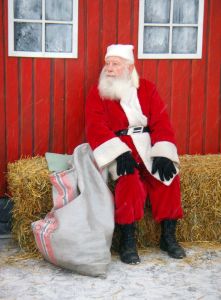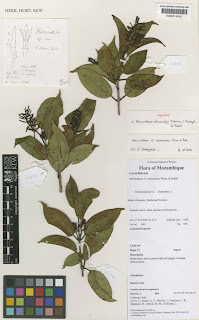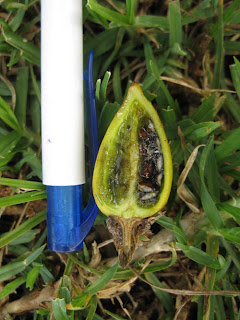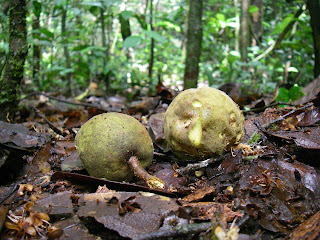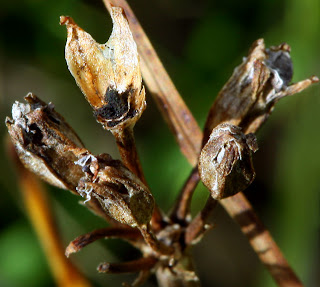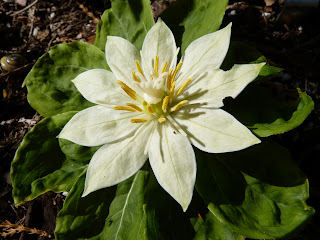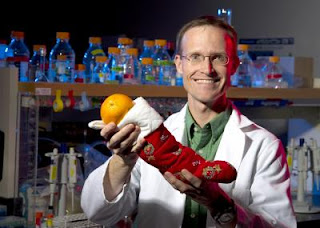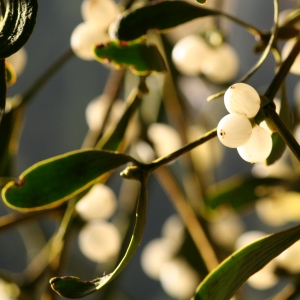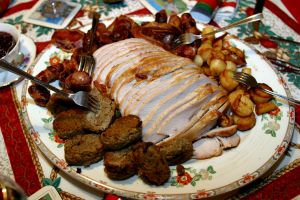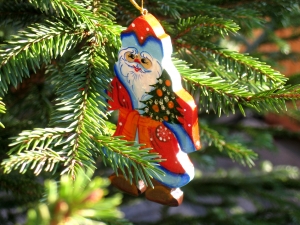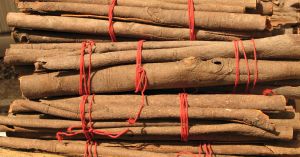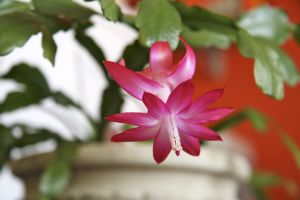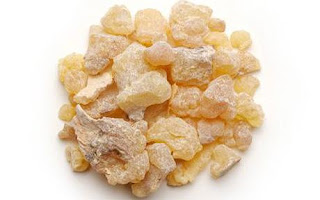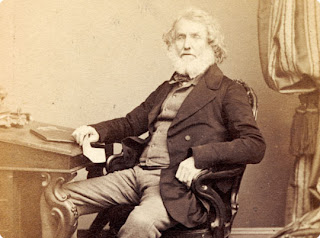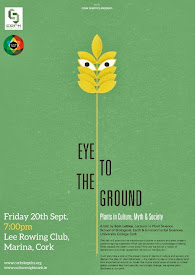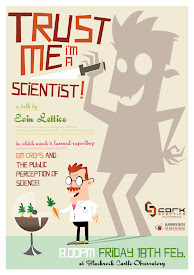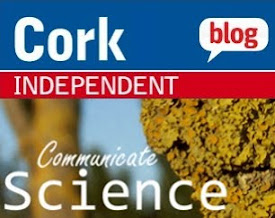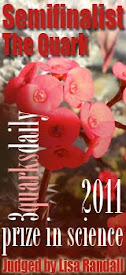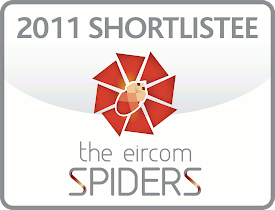James Burke Remembered - Cork skies to be lit up
As part of the 'North Monastery 200' celebrations in the city, the work of Brother James Burke will be remembered with a modern-day laser re-enactment of a spectacular 1877 light-show which Burke created to demonstrate the potential of this new technology - electricity - for the city of Cork. [Details of the event at the bottom of this post]
James Burke was born in 1833 in Limerick City and attended the Christian Brother's School at Sexton Street in the city. He entered the Christian Brother novitiate aged 18 and was posted to the North Monastery, Cork in 1852. He eventually made his perpetual vows, aged 25, in 1857.
One of his colleagues at the 'North Mon' in the late 1850's and early 1860's was John Philip Holland. Holland was the man who invented the modern submarine based on experiments and research he did while in Cork. Burke was undoubtedly a huge influence on Holland during his time at the North Monastery.
Burke pioneered vocational and practical education in Ireland, basing his pedagogy on lessons learned throughout Europe at the time. He introduced subjects like trigonometry, navigation, physics and astronomy to the North Monastery for the first time and his methods were replicated across the Christian Brother Schools in Ireland.
This was at a time when even third-level education was reliant on the lecture rather than on practical experience for students. Burke's invitation to students to experiment for themselves with the large range of equipment and apparatus collected at the school was revolutionary for its time.
Despite suffering from medical problems throughout his adult life - he suffered from partial to near blindness and painful eye problems, he continued his work becoming Sub Director and eventually Director of the school and began to organise Sunday Science Lectures for the general public at the school and lectures in the Crawford Gallery in Cork City centre.
Through his friendship and contacts with industrialists throughout the region, Burke acquired funding for equipment and materials for the science department in the school - electric dynamos, gas engines, steam engines, lathes, agricultural equipment, geological, botanical and zoological specimens, etc.
By the time Burke died, educational authorities in Ireland were just beginning to realise the importance and influence of Burke's pioneering work in practical education. He had become internationally recognised for his excellence in scientific education and was locally acknowledged as being a man with the well-being and success of his students at heart.
Burke died in March 1904, having been struck by a horse and carriage in a tragic accident as he was crossing St. Patrick's Street, near its junction with Bowling Green Street. His death was met with a huge public outpouring of grief, with public bodies throughout the country expressing condolences. His funeral procession was described as being "like a king's" and he was buried in the grounds of his beloved North Monastery.
After his death, a marble bust of Burke was sculpted by John O'Connell (which is now positioned atop the building named in his honour).
Unfortunately, over time, much of the equipment and specimens which made up the bulk of Burke's collection at the school has been sold or disposed of. With the onset of World War 1, much of the industrial machinery and radio equipment was removed by the British Army.
Some material remains, including some excellent zoological specimens. It would be wonderful to see all of this material collected in one place within the school, to form a museum in Burke's memory. Perhaps in 2011, when the North Monastery celebrates 200 years in Cork, Brother Burke's memory can be honoured in such an appropriate fashion?
Brother Burke Ceremony
To celebrate the jubilee of Pope Pius IX ,in 1877, Burke connected a battery of 120 callan cells to a massive lamp that he had mounted to the front wall of the Monastery (now sadly demolished) and he flashed beams of electric light into the sky from the grounds of Our Lady's Mount. This was two years before Thomas Edison was credited with inventing the light bulb.
To celebrate the work of Brother James Burke, the North Monastery Past Pupils Union, in conjunction with the 3 schools on campus will hold a Bro. Burke Commemoration event on Friday January 14th, starting at 4.30pm in the North Monastery Secondary School Hall.
Brother Donal Blake and Kieran McCarthy will give talks on Bro. Burke's contributions to education and science and his work in Cork.
The event is sponsored by John Mullins, CEO of Bord Gais and a past pupil of the school.
A flag-raising ceremony will be held on the night with the school's oldest past pupil and the highlight of the night will be a re-enactment of Bro. Burke's 1877 lighting display using modern lasers. According to a spokesperson for the organisers, "Weather depending, (the display) should be visible from all over Cork City and surrounding areas".
Much of the biographical information in this post is taken from a more complete biography available here (pdf).
Thanks to the North Monastery Past Pupils Union for use of images from their extensive archive.









